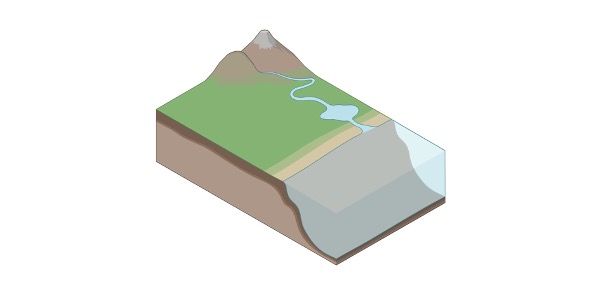What is Plankton?
Plankton are tiny creatures that live floating in water and are an essential component of the freshwater ecosystem. They move due to convection or currents caused by the wind. Thousands of these creatures may be found in nearly every habitat in a freshwater environment, and because of their small size and simplicity, they are capable of occupying huge swaths of water and multiplying at an exponential pace.
Types of Plankton
Plankton may be classified into two groups.
1. Phytoplankton: Photosynthesis provides energy to phytoplankton, which are tiny plants. Some bacteria, however, are capable of photosynthesis and so belong to this taxonomic group. They are essential to the environment since they are a component of the primary producing community and help recycle elements like carbon and sulphur that are needed elsewhere.
2. Zooplankton: Zooplankton is made up primarily of crustaceans and rotifers, and it is generally bigger than its phytoplankton counterparts.
Features of Plankton
Plankton are largely unspecialized since their habitat cannot withstand the enormous numbers that can thrive there. Physiologically, there are several evolutionary adaptations that aid in their buoyancy and keep them from drowning by allowing them to float in the water away from danger.
They can be found in great numbers in a limited area, and because herbivores (phytoplankton) and carnivores (zooplankton) devour them in high quantities, they reproduce asexually to maintain population numbers. This is in contrast to sexual reproduction in other creatures, which takes longer but increases genetic diversity within the species.
Importance of Plankton
Many variables can alter plankton distribution in an ecosystem, which has a negative impact on the rest of the ecosystem because, as previously said, plankton is an integral component of the ecosystem.
Phytoplankton capture fresh energy from sunlight and supply food for a variety of different creatures, whereas zooplankton are an essential source of food for a variety of species. As a result, if there is a scarcity of plankton in a specific habitat, a knock-on effect of hunger will develop.
Phytoplankton are more common in places with high light intensity because they can transform this light energy into chemical energy, while greater temperatures promote phytoplankton and zooplankton development and reproduction. The amount of available nutrients in the environment influences the distribution and density of phytoplankton.
Nucleotide Citations
- The North Atlantic Ecosystem, from Plankton to Whales. Ann Rev Mar Sci . 2020 Jan 3;12:339-359.
- Microfluidic technology for plankton research. Curr Opin Biotechnol . 2019 Feb;55:134-150.
- Chemical ecology of the marine plankton. Nat Prod Rep . 2019 Aug 14;36(8):1093-1116.







